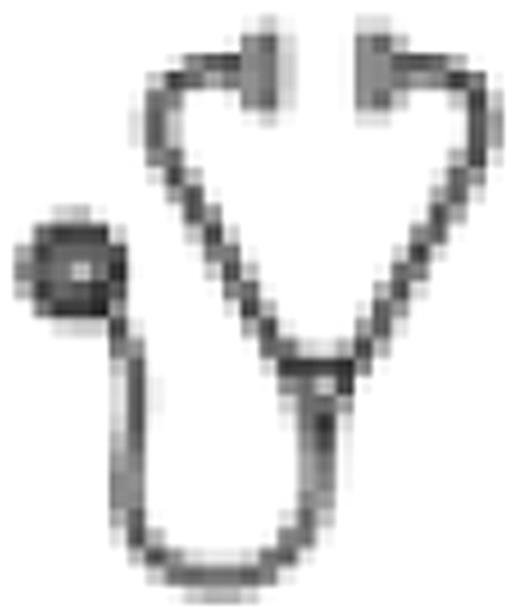Abstract
Familial Platelet Disorder with Predisposition to Acute Myeloid Leukemia (FPD/AML) has been attributed to abnormalities of the RUNX1 gene, located at human chromosome 21q22. The protein product of this gene forms a critical component of the core binding factor (CBF) complex, which is required for normal hematopoiesis. Truncating mutations and deletions of RUNX1 (particularly in exons 3, 4, and 5, encoding the DNA binding and CBF-beta interaction domains) that result in haploinsufficiency or dominant-negative activity have been identified as the genetic mechanisms underlying FPD/AML. Clinically, these patients present with mild to moderate thrombocytopenia, platelet dysfunction, bleeding, and about a 35% risk of developing AML. We report on three unrelated families who share histories of autosomal dominant thrombocytopenia over two to five generations, bleeding, platelet aggregation defects, and development of myelodysplastic syndrome, AML or intriguingly, chronic myeloid leukemia (CML). Detailed genetic interrogation of the RUNX1 locus in the proband from each family, including complete sequencing of all 8 exons, flanking 50 base pair regions, and P1 and P2 promoters, as well as gene dosage studies, failed to demonstrate a causative lesion in the RUNX1 gene. Our findings strongly suggest that genetic loci other than RUNX1 are involved in some cases of autosomal dominant thrombocytopenia with a predisposition to both AML and CML. Identification of the disease-causing genes in these families will allow for prospective testing of family members, appropriate surveillance and early intervention in affected individuals, and potentially new molecular insights into leukemogenesis. We have broadened the genotype-phenotype correlation in FPD/AML beyond the RUNX1 gene and suggest that this syndrome may be more genetically heterogeneous than initially described.
No relevant conflicts of interest to declare.

This icon denotes an abstract that is clinically relevant.
Author notes
Asterisk with author names denotes non-ASH members.

This feature is available to Subscribers Only
Sign In or Create an Account Close Modal